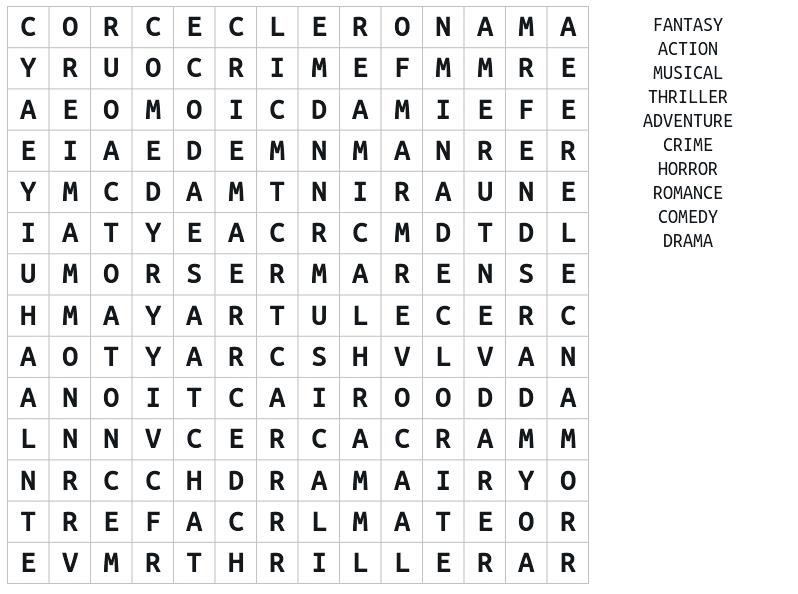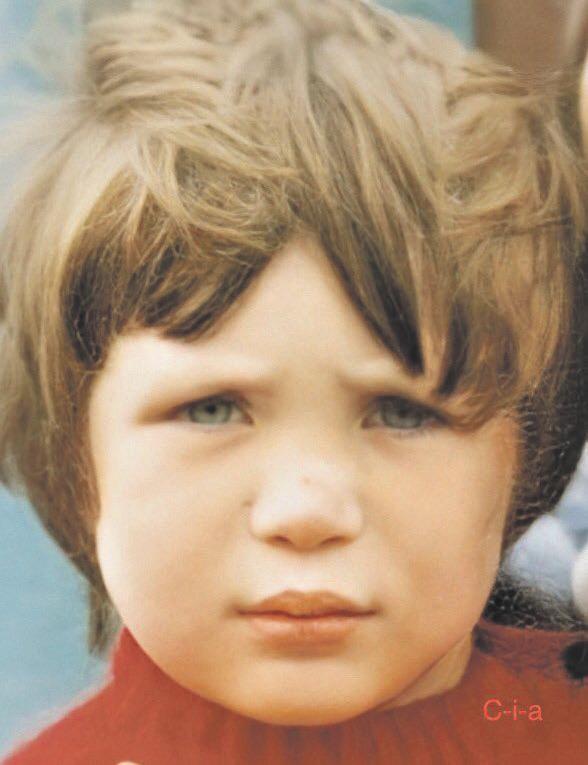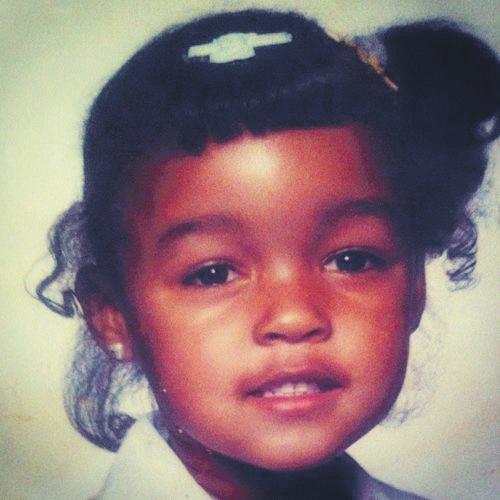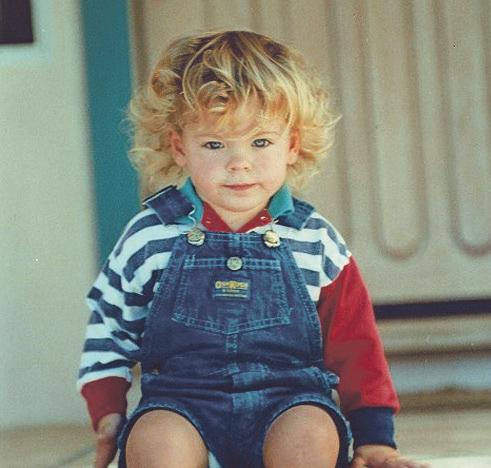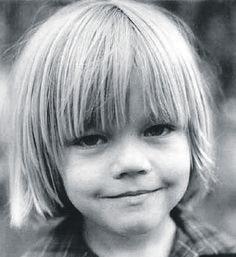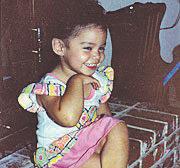
This screenplay is under full copyright of U.T. Productions. All rights reserved. CONTENTS

SCENE
SCENE
SCENE


This screenplay is under full copyright of U.T. Productions. All rights reserved. CONTENTS

SCENE
SCENE
SCENE
INT. THE BAFTAS - NIGHT MATTHEW KEELEY, staff writer, considers whether the lack of women amidst the current mass of lauded Irish actors on the awards circuit is concerning or simply coincidental.
There was little surprise amongst those seated in London’s Royal Festival Hall when Cillian Murphy was awarded Best Actor at the BAFTAs ceremony this past February. In doing so, he became the first Irish born man to win the award, yet another impressive feat as eventual Oscar recognition for his leading role in Christopher Nolan’s Oppenheimer becomes almost a formality. At a post-award press conference, he restated his pride in being Irish, joking that he should “sing a rebel song” to prove it.
While Murphy’s historic win rightfully claimed the spotlight, the night also witnessed significant triumphs for other Irish filmmakers. Poor Things, co-produced by the Irish company Element Pictures, won five awards, including a Best Actress win for Emma Stone. The company’s co-CEO Andrew Lowe aptly acknowledged the “strong Irish presence” at the awards ceremony, mentioning Barry Keoghan and Paul Mescal who were also nominated.
Initially, I planned to write an article celebrating the achievements of these actors and this remarkable era for Irish film talent. But then I had a conversation with a friend of mine, a real film buff, which made me change my perspective on all this recent success. Amidst all the adulation and borderline glorification of this current assembly of Irish actors, my friend asked a poignant question: where are all the Irish girls?
As we witness this crop of male actors basking in international acclaim and gracing red carpets, the apparent absence of their female counterparts is notable. Why is this happening and what does it say about how Ireland fosters and produces acting talent?
Within the context of the recent BAFTAs at least, it must be mentioned that Ayo Edebiri was present at the ceremony. But unfortunately, no matter how endearing Edebiri’s shoutouts and references to Ireland are, they don’t change the fact that she was born in the United States to a Nigerian father and a Barbadian mother. Lir graduate Alison Oliver was also present at the BAFTAs, although was not nominated for an award. Undoubtedly a burgeoning talent, it is surely not long before she reaches the heights of Murphy, Mescal and Keoghan.
So, just one Irish female actor at the BAFTAs. A cause for concern? Not necessarily. After all, last year’s BAFTAs saw Tipperary’s very own Kerry Condon win the award for Best Actress in a Supporting Role for her incredible performance in The Banshees of Inisherin. A tremendously successful actor, she was also recognised with an Oscar nomination for her role in the Martin McDonagh film.
ing history. In 2016, the Trinity College graduate became the first black Irish female actor to be nominated for an Oscar and one of only two Irish women to be nominated for Best Actress. The other is someone whose outstanding success, longevity, and sheer unparalleled talent completely undercuts my friend’s argument in my opinion. That woman is none other than Saoirse Ronan.
“Where are all the Irish girls?

Saoirse Ronan is without doubt one of the greatest actors this country has ever produced. Her performances in Brooklyn, Lady Bird and Little Women all earned her Oscar nominations, although her first Oscar nomination came when she was just 13 for her role in the 2007 film, Atonement. She is the second youngest person to ever receive four Oscar nominations behind only Jennifer Lawrence, accruing them by the age of 25. At the time of writing, she is still only 29. Had Saoirse Ronan delivered another performance of the same ilk in a film of similar magnitude in the past twelve months, there is no doubt that she would have also been amongst the sizeable Irish contingent at the BAFTAs. My friend and I also may not have had the same kind of conversation about female Irish representation. It may be true that, perhaps given the aura surrounding Murphy and others this current awards season, the prior achievements of Condon, Negga and Ronan are out of the spotlight. If anything, it proves how a mere year or two away from the bright lights of Hollywood can cause some to overlook or downplay an actor’s previous success and significant contributions to the industry.
So, is there really a gender-based disparity between the praise heaped upon the male Irish cinema darlings of 2024 and the recognition given to Irish female actors? Perhaps, but I would argue that it is slight. If any of the aforementioned female actors were amongst the other Irish nominees, I know that they would have all been celebrated just the same. After all, all that we want to see – firstly as Irish film fanatics but also just as Irish people – is our countrymen and women triumph on the world stage.
“So, just one Irish female actor at the BAFTAS. A cause for concern? Not necessarily.
Ruth Negga is also an essential figure within Irish act-
In a BBC interview before the BAFTAs, Cillian Murphy was asked to share his thoughts on the recent surge of talented Irish actors rising to prominence. Reflecting on this phenomenon, Murphy spoke of how Irish people are “natural storytellers”, a people with a deep and rich oral tradition. It is worth mentioning that this storytelling prowess is something shared by all Irish people and is not particular to one gender. Perhaps it’s time to collectively recognize and celebrate this remarkable era of Irish acting talent. So, let’s celebrate Cillian Murphy’s win while also taking pride in the achievements of all Irish actors as they continue to captivate audiences around the world.
CORINNE MAHON compiles her personal list of the best and worst films of 2023.
2023 gave us the best release lineup we’ve seen post-COVID, with the public’s re-kindling with cinema surmounting in the highest box office numbers since 2019. Even with the summer-long strike from the Writers’ Guild of America, 2023 throttled cinemas out of the red and back into the black – and I definitely contributed to those sales. So, here are what I consider to be the best and worst of the past year in film.
Although a lot can be said for Christopher Nolan’s ambition and stunts in Oppenheimer and similar amounts of awe can be attributed to Greta Gerwin’s Barbie, these are both movies the public (and TikTok) have heard a sickening amount about. Therefore, I’ve decided to jump straight over their analysis in the pursuit of adding something new to the cinematic conversation (we all know they would be ranked among the best, anyway).
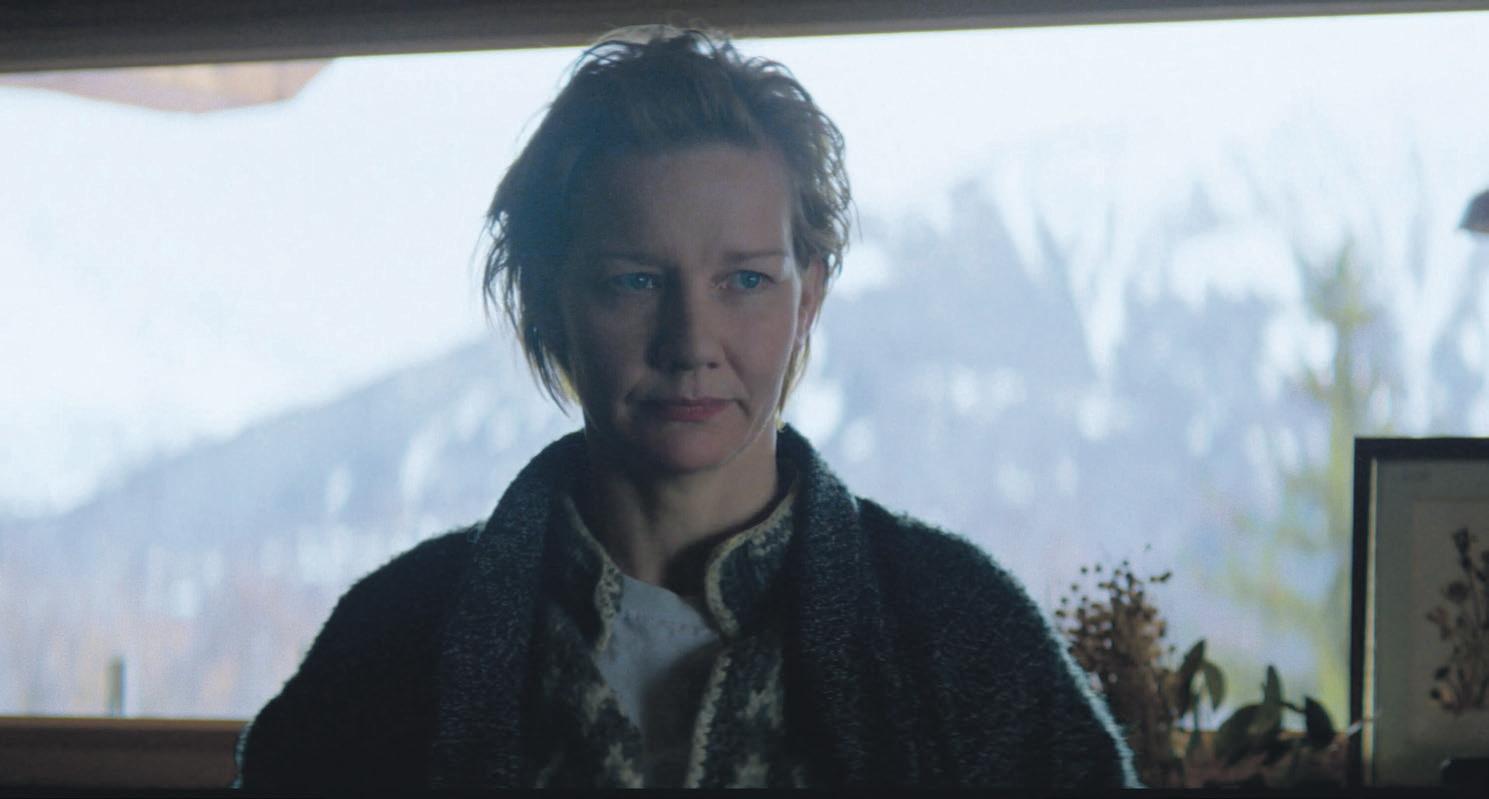
Nominated in the same category is Martin Scorsese’s Killers of the Flower Moon, which is a shocking 3 hours and 26 minutes long. Starring Leonardo DiCaprio and Robert De Niro, this film rips its viewers back into the world of the 1920’s – but not in the sparkly way viewers might imagine. Enter Lily Gladstone, an Osage heiress “with the moxie to survive this orgy of greed and violence”. Gladstone’s character reveals to audience members the brutal crimes committed against the oil-wealthy Osage Nation and the strength with which these people survived. Scorsese seamlessly laces anticipation and hope into this story of overwhelming darkness: it is truly unmissable.

Anatomy of a Fall is the greatest ‘French-legal-drama-thriller film’ I have personally experienced. Actor Sandra Hüller depicts the posthumous examination of a marriage through its last living component: the guilty-looking wife. This refreshingly complicated woman undergoes a host of police questioning and intrusion as she is convicted for the murder of her late husband (the death of whom is experienced by only one witness: their blind son). Director Justine Triet teases audience members with crumbs of information that may or may not be important, weaving suspense in a way that is truly impressive. This film quickly became a fan favourite with a stunning 96 per cent on Rotten Tomatoes. It is currently nominated for Best Picture at the Oscars.
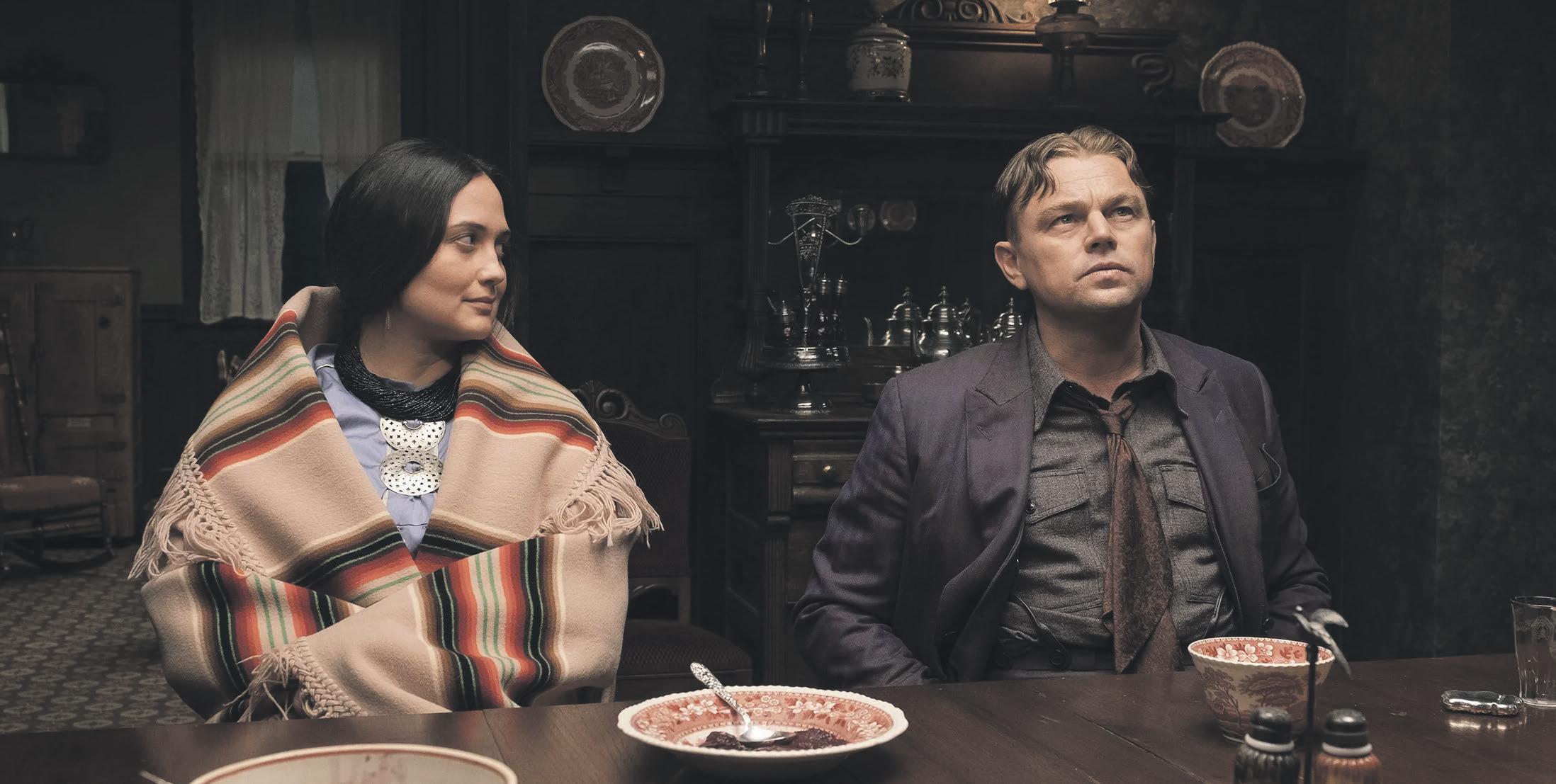
Released in Ireland and the UK in January 2023, Tár is a psychological case study of Cate Blanchett as she spirals and falls off her pedestal. This tour de force of a woman throttles everything she has at a live recording of Gustav Mahler’s Symphony No. 5, only to have every meticulously curated aspect of her life slip from her reach. There is truly nothing more fascinating than watching someone who seemingly has everything completely crumble.
Although Women Talking came out nine days before 2023, it found a compelling ability to hold space for itself alongside the year’s vast array of powerful releases. It illustrates the story of eight Mennonite women who were violently assaulted in an isolated religious colony between 2005 and 2008. What makes this film a marked contrast from the Barbies and Oppenheimers of 2023 was the way in which it escaped the need to show violence. In an effort to avoid what has become patterned about movies such as this, Women Talking instead flips the expectation on its head and refuses to showcase brutality. Instead, it demands the audience understand anyway. This powerful depiction of the recovery process is not as vengeful as in films such as Promising Young Women. But, it succeeds in illustrating the realistic and increasingly emotive nature in which these women survived and healed.
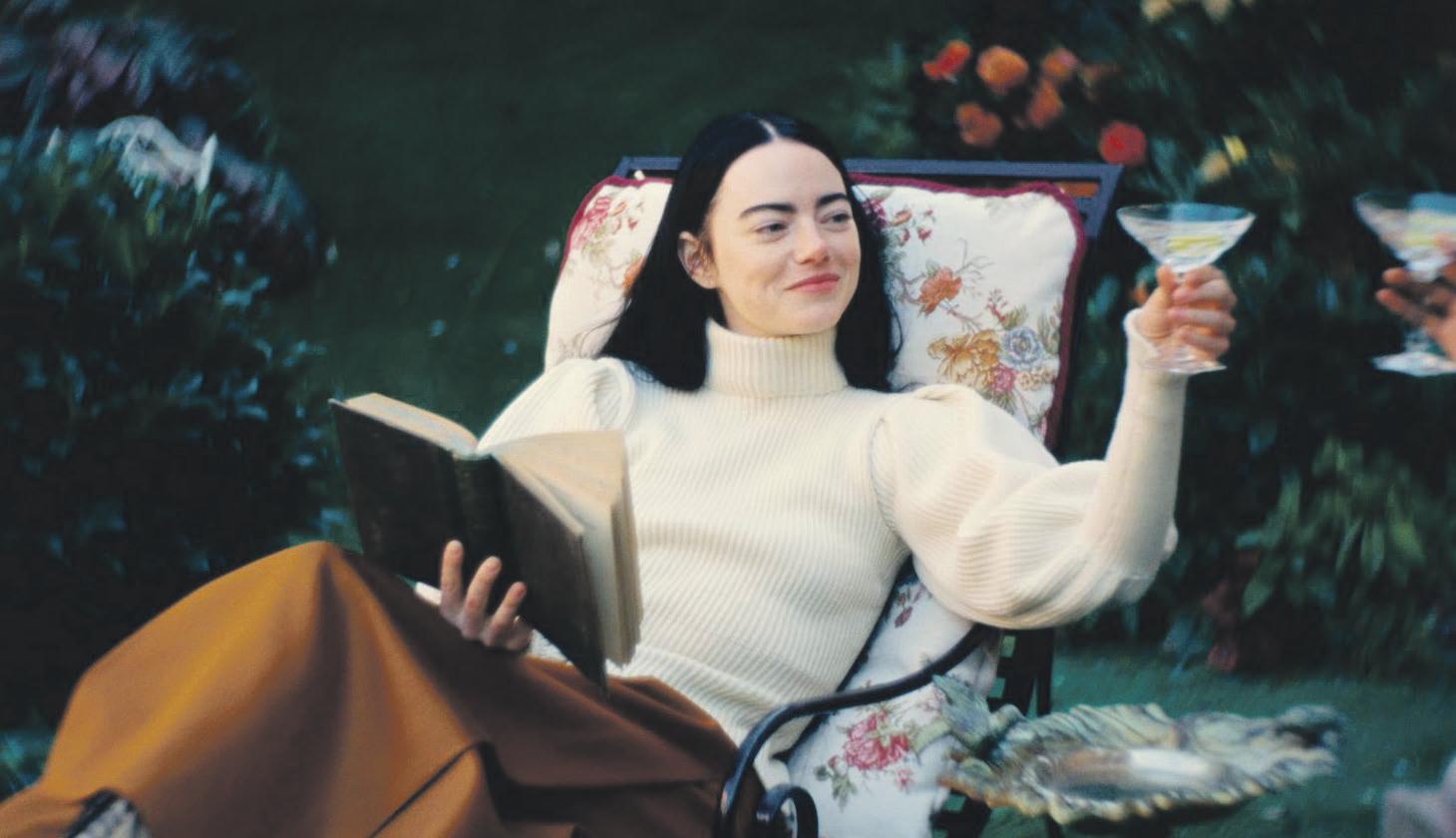
Lying somewhere in the middle of a Fight Club / Mean Girls venn diagram, Bottoms follows PJ (Rachel Sennott) and Josie (Ayo Edebiri) as they become themselves in over their heads when the most popular students start beating each other up in the name of self-defence as a result of their ploy to lose their virginities. Watching this is comparable to watching Romeo and Juliet and finding yourself hoping the lovers survive. The unlikely band of characters swindle their way in with the popular girls early on in the film, leaving the viewer hoping they’ll attempt to pull even more off. Edebiri is hilarious and I’ve been chronically obsessed with Sennott since her performance in Bodies, Bodies, Bodies. The dialogue is raunchy and excruciating and impressive. It may even leave you wanting to go back and visit your high school.

How To Have Sex is a fun watch all-around and has been hugely praised by critics, but it admittedly left me with the lasting feeling that I’d seen it before. The scenery and friendships feel like a sequel to I Know What You Did Last Summer’s reboot, The Sex Lives of College Girls, or even Cruel Summer (namely, season 2). Although each of these comparisons have their own varying angles on the classic boy-meets-girl trope, they all give a similar sensation to the viewer.
As the year came to a close, Yorgos Lanthimos released perhaps my favourite drop of late: Poor Things. Did you think I forgot about this one? If you did, then you definitely haven’t seen it. Based on Scottish writer Alasdair Gray’s book of the same name, and promoted as a retelling of Frankenstien, Emma Stone, William Dafoe, Mark Ruffalo and Ramy Youssef stun viewers with every single scene. Stone’s character, Bella, experiences the entire development of the human brain within a full-grown body. This strange juxtaposition of Bella’s understanding and the treatment which she receives from her peers provides the film with a layer of interesting hilarity. Gray’s ability to explain some of modernity’s most complex ideas with such strikingly simple dialogue makes this a mustsee movie.

For a movie meant to attract absurdists, or teenagers who are genuinely bored, in my opinion Cocaine Bear was not crazy enough. Inspired by the 1985 true story, this film is rife with talented cast members and directors (enter Elizabeth Banks), but was so absolutely unfulfilling that one critique suggested the script, written by Jimmy Warden, “seems to have been scribbled on the back of a vomit bag during an extra-drowsy redeye flight”. A hilarious watch nonetheless, if you feel like chatting with friends for 80 per cent of the movie.
M3GAN has to be 2023’s worst. Making a strangely massive box office debut, this horror flick centres around an AI doll and quickly becomes a cautionary tale of “God-wannabes futzing with what it means to be human by creating life that becomes monstrous.” Completely unnecessary and honestly strange in my view.

Saltburn. What do I have to say about this? Again, I’ve seen it before. This feels like a dream Baz Luhrmann had on a random Sunday night with just a little bit of Greek mythology and Hollywood It-Boy sprinkled in. Is it one of 2023’s best? Is it one of its worst? I had this conversation with my parents (with whom I unfortunately sat in the theatre) who were appalled that Emerald Fennell marketed it as a comedy. We concluded that, although entertaining, the movie didn’t necessarily have to be made. I’ve come out of other films just as grossed out and just as willing to do shots as I did with this one.
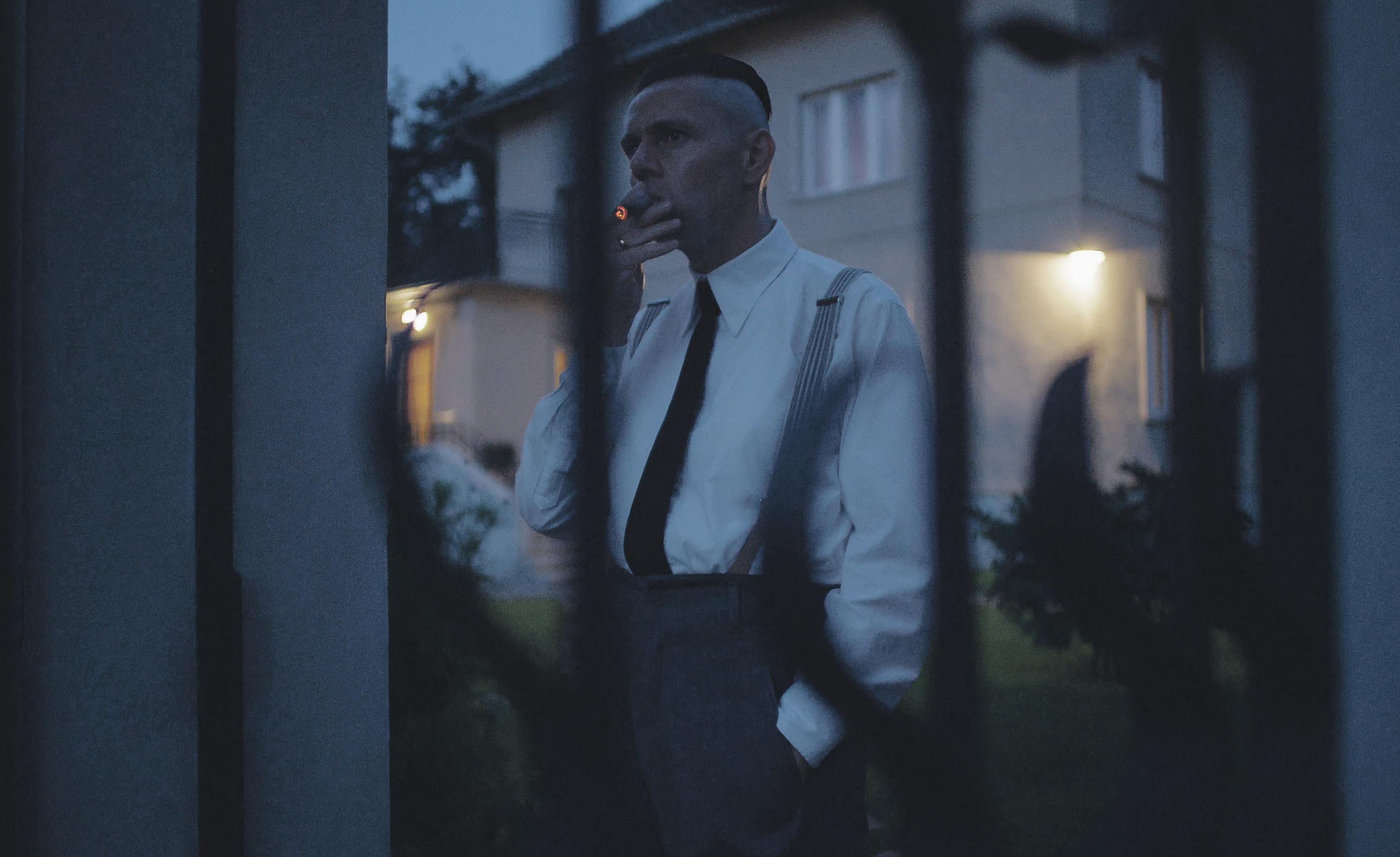
INT. A GUILTY CONSCIENCE - NIGHT
FINN PIEROTTI, contributing writer, analyses the appalling apathy depicted in Jonathan Glazer’s recent, BAFTA-winning film.
When one imagines a film villain what springs to mind? Oftentimes Hollywood presents us with fantastical villains whose ‘colourful’ personas relegate their villainy to a caricature of reality. The Zone of Interest, directed by Jonathan Glazer, is dedicated to a realistic dissection of the villainous Rudolf Hoss (Christian Friedel) and his family, capturing the essence of amoral villainy. When talking about the evils of the Nazi regime, we tend to focus our intentions on the supreme evil of Hitler. Whilst no person would deny that Hitler’s ambitions came from a place of bigotry and deep-seated hatred for Jewish people, could the same be said about all his followers? Rudolf is not portrayed as a bigoted man, nor does he seem to gain any joy from the agony he inflicts. Yet this makes him all the more unsettling. Rudolf is all the more chilling from this indifference. His willingness to raise his family within earshot of the executions of his inmates shows just how numb
“In my opinion, Rudolf is far more terrifying than villains such as the Joker or Hannibal Lecter because he is real.
he has become to the violence around him. Rudolf is a wind cock acting however suits his interest, and for him there is no such thing as too many corpses to stomp over to aid his progression. He does not justify nor ponder the consequences of his actions on others. As long as his family is provided for, he would blindly follow orders without even attempting to delude himself into thinking his actions are justified.
A stark example of this comes from Rudolf’s wife Hedwig (Sandra Hüller) and her maids. At the start of the film, Hedwig is gifted a luxurious coat. Upon inspection Hedwig notices the inside of the coat is worn out and orders for it to get repaired. Her maids are similarly afforded items of clothing dumped in a pile in the table. Both parties are expressly aware that their new wardrobe is from Jews transported to Auschwitz, with the maid even recounting a funny story where one of their friends selected a pair of clothes owned by a ‘Jewess’ half her size. Hed-
wig and the maids are acutely aware of the extreme suffering they are benefiting from yet act with complete indifference. Hedwig goes even further, threatening that her husband will incinerate a Jewish maid for a minor error. The other maids ignore the latter’s plight and often sit down gossiping amongst themselves whilst she continues to work around the house. To them she is simply a tool, someone beneath them whose continued existence is only tolerated based on her capacity to fulfil their household duties.
We see what happens to Jews unable to provide value in life throughout the film with the harrowing scene of the ashes of the victims of the Holocaust being used as fertilisers for the Hoss’s garden or simply tossed in the lake as Rudolf discovered when stumbling upon a hip bone whilst rowing down a lake with his children. The lake incident is expressly interesting as Rudolf rushes his children back to the house. One may hope that this is a moment of reflection for Rudolf, the moment where he realised the human cost of his action. Instead his concerns lay solely in the idea that his children might be contaminated by the ash.
to provide his family with a lofty house filled with maids and good clothing, and every alteration he makes to increase the efficiency of the camp serves to raise their position. Rudolf has provided his family all they could wish for without hatred nor sadness in his heart for his victims. He is simply a soldier following the commands of his leader to further his own ambition moving up the army command.
“The true horrors in the modern world are often caused by amorality rather than sadism, fuelled by a desire for convenience, consumption and high social standing above all else.
Rudolf’s indifference throughout the film is best encapsulated by two key scenes. In the first Rudolf is discussing how to conduct the extermination. His advisors are explaining to him a new system for incinerating Jew which involves burning one group whilst cleaning the ashes of the previous group out from another chamber. Rudolf is not concerned with the human costs of his actions, instead wanting to know more about how the system works to ensure it is as efficient as possible. His actions are not guided by a hatred towards the Jews but by a cold indifference to the suffering of those around him, as shown by the second scene I will discuss. In the second scene, Rudolf is attending a party, filled with his Nazi peers and their spouses. Instead of joining in, Rudolf ominously stands above them watching them dance. On a call with his wife, he remarks he was thinking about how he would go about gassing his colleagues, remarking that the high ceiling posed a logistical problem. This scene demonstrates the core of who Rudolf is, a technocratic bureaucrat. Were the roles reversed he would gladly commit himself to butchering his colleagues, and in fact revel at the opportunity to ensure that their extermination is properly coordinated.
Rudolf’s villainy represents a stark reflection of the modern world, a technocratic evil which infects every aspect of contemporary life. From the infamous Ford Pinto case, which involved Ford Motor Company releasing a defective car they estimated would kill 180 people, based on the estimation that it was cheaper to settle potential lawsuits than to pay an additional $11 per car to fix the defect, to pharmaceutical companies hiding data showing opioids were addictive and encouraging doctors to overprescribe them with the aim of increasing corporate profits. Villainy in the modern era is driven by efficiency, a utilitarian attitude to life or death designed to minimise costs whilst maximising benefits. Rudolf doesn’t care about the costs of his actions. His cold indifference to the agony caused by his actions coupled with his gleeful attitude towards maximising the efficiency of the operation is simple. Rudolf bares little, if any, hatred for the Jews, insteading viewing them as tools towards his end. Their execution serves
In my opinion Rudolf is far more terrifying than villains such as the Joker or Hannibal Lecter because he is real. It is easy to say that one would not join the Nazis during WWII when removed from the context of the time, but in reality most people were complacent with the regime. How many times have you bought an item made in abysmal working conditions because it was cheaper? How many people do you know who have funded sex traffickers and murders through buying weed and other illicit substances? How many times did you stay silent or participate in bullying to raise your own social standing? How many generations have we endangered from our consumption? As much as I loathe Rudolf, his amorality is far more grounded than other villains. The true horrors caused in the modern world are often caused by amorality rather than sadism, fuelled by a desire for convenience, consumption, and high social standing above all else.

MAISIE GREENER, Assistant Radius Editor, considers how money transfer apps can affect friendships - and the politics of paying someone back - in college.
“
What’s your Rev?” Has become a staple of student lexicon. The question is as much a feature of college vocabulary as, “What library are you in?”, or “Smoke break?”. Ostensibly, apps like Revolut, Paypal and Venmo have streamlined our lives. They boast currency calculation and compatibility with crypto are just a few of the features they boast but it is their peer-to-peer payment function that appeals most to students. Sending money is as easy as getting someone’s phone number and the transfer goes through in seconds, often bypassing bank clearing times. Although convenient and efficient, the rise in digital transfer apps is not without friction. As with most tech developments, the apps’ increasing popularity have been met with accusations that they are damaging human relationships. Harming norms of social reciprocity and making friendships more transactional are just two of the allegations levelled their way. Have transfer apps mitigated the awkwardness of money in friendships? Or has an important, albeit uncomfortable, social convention been superseded by an algorithm? Whilst tension between money and friendships existed long before the invention of transfer apps – as dramatised by the Friends episode, ‘The One with Five Steaks and an Eggplant’ – it is worth considering whether these apps are far from simple solutions.
human bank and another as though it’s doubted they will pay back. The apps, although they can settle the balance, cannot account for the human aspect of money. Trust and vulnerability are often called the markers of true friendship, and while transfer apps may offer a quick solution, they cannot substitute these.
“Transfer apps cannot remedy human habit. If someone is stingy, they are stingy regardless of receiving multiple Splitwise ‘settle up’ notifications.
Similarly, transfer apps cannot remedy human habit. If someone is stingy, they are stingy regardless of receiving multiple Splitwise ‘settle up’ notifications. As articluated in the headline to Imogen West-Knights’ article for the Guardian, ‘The Splitwise app is excellent for divvying up the bill, but it can’t fix human nature’, the premise of money transfer apps is simple: the implementation, not so much. I know people who are indebted to friends for large sums of money, even in the hundreds. Grocery bills left unsplit, holiday accommodation still not paid for. It’s easy to recite the proverb ‘Never loan money you’re not ready or willing to give away’, but in actuality this is a lot harder to follow through on. The people who paid back pre App Store accountancy continue to now, while the regular offenders keep offending. Money transfer apps are excellent for organisation and productivity, less so for tackling human flaws.
By and large students live under some kind of budgeting while at College. Although the source and amount can vary greatly, budgeting is, strangely perhaps, one of the more unifying facets of being a student. Finances are as much a part of college life as classes and societies are. Living in Dublin especially demands it. But despite money occupying such a large proportion of students’ thoughts, it is seldom talked about. Whilst transfer apps may claim to placate the social taboo, we should assess how successfully they do so. Firstly, awkwardness around money in friendships has not changed just because the vocabulary has. “I’ll Rev you” is the new version of “I’ll get yours next time”, and the discomfort has not dissipated with the change. However, the former anticipates immediate reimbursement while the latter involves reciprocity. This trusting mutuality between friends has rightly or wrongly been replaced by expectation for instant compensation.
“Most favours and support cannot be priced, nor should they.
Another criticism directed toward transfer apps is that they promote hyper individuality, which can escalate into selfishness, at the expense of community. Most people have had run-ins with a one sided relationship before, myself included. The experience can leave you feeling out of luck, and out of pocket. This history paired with a high cost of living leaves many of us more penny pinching than we would like to be. Admittedly, I appreciate and expect a degree of reciprocity in my friendships. I don’t think this is unreasonable. But, while no one wants to feel short-changed, perhaps it’s worth expanding the definition of reciprocity. Most favours and support cannot be priced, nor should they. When I consider what I am most grateful for in my friendships, I remember deeds characterised by selflessness and care. Payback pints, although appreciated, are
more of an
afterthought.
Tensions continue with the ‘request’ function which, to some, comes across as confrontational. Using the function entails another list of social cues to navigate – while some may feel confident requesting as a first port of call, others may wait to gently remind their friend to pay. Resentment and guilt can be felt by all parties involved as the lines blur between forgetfulness and intentional avoidance. One person may feel like a
A compulsive fixation on money can make friendships feel like business which, although understandable, undermines kindness and generosity. While Revolut and Co. cannot be held responsible for money causing issues in friendships, it is worthwhile to consider their influence. It’s tricky to quantify money transfer apps’ drawbacks against such pragmatic advantages, and few would advocate total abstention, but perhaps their advent should vitalise dialogue about money’s effects on friendships in college.
SAJAL SINGH, Deputy Magazine Editor, explores the enduring fascination with Jacob Elordi and Barry Keoghan’s relationship both on and off screen.
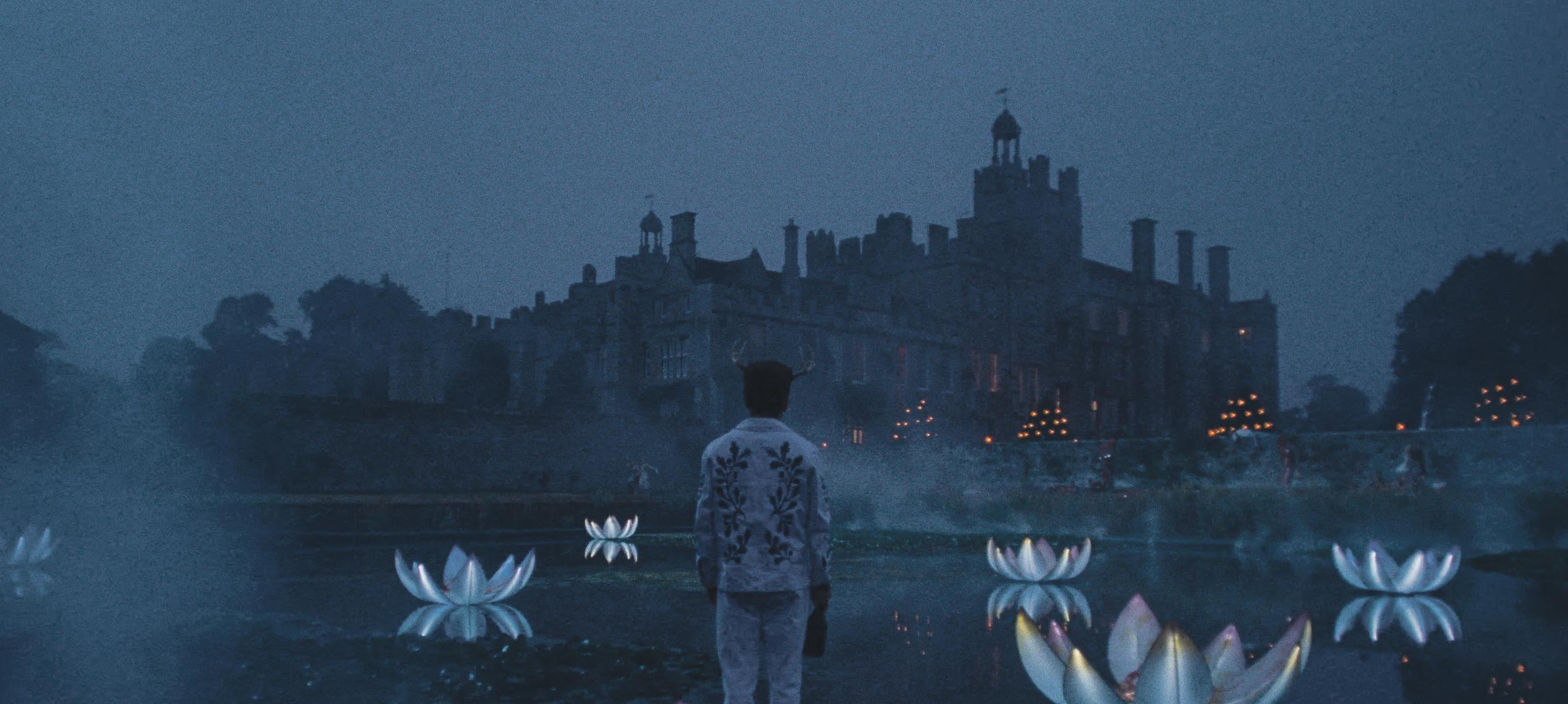
To the viewer of Jacob Elordi and Barry Keoghan’s captivating performances and playful banter both in Saltburn and its surrounding press, the pair’s (b)romance between Jacob Elordi and Barry Keoghan transcends mere acting prowess. While their portrayals in various projects have garnered them acclaim and BAFTA nominations, their seemingly genuine connection has captured fans’ hearts and imaginations worldwide, taking X (Twitter) and Reddit by storm. However, amidst the social media buzz surrounding their relationship, questions arise about the authenticity of this chemistry and its implications for Hollywood promotion. Are they truly just good at publicity, or can the two attractive men, who are also competitors in their field, be best friends? The speculation only adds to the intrigue and allure of their dynamic, leaving fans eagerly anticipating their next collaboration on the big screen.
The public’s fascination with Elordi and Keoghan’s relationship reached new heights with their appearance together at the litany of premieres and red carpets for the film. Their playful teasing of each other ignited further speculation online about a romance steaming between them. Their ability to seamlessly transition from co-stars to apparent best friends has only fueled rumours and conjecture about the spicy nature of their connection.
Both actors have clearly shown a deeper camaraderie beyond their on-screen roles in public appearances. In an interview with Variety, Elordi, commenting on the infamous bathtub scene, said, “I was like, ‘Thank God, it’s mine. I was very proud. I was very proud to have Barry Keoghan guzzling it like that.” (For context on what Barry was guzzling, you need to watch the movie.) To this, Keoghan replied, “He doesn’t text me back or ring me back. It’s so weird. He’s pretending to like me. It’s weird, man.”
Such candid moments provide fans with a rare glimpse behind the curtain of Hollywood’s glitz and glamour, humanising these gorgeous men.
In another interview with GQ, Barry mentions a kissing scene between the two that failed to make the cut in Saltburn. Personally, that is just so frustrating – after all that viewers sat through in that movie, we deserved that scene. Keoghan, in his interviews, has consistently talked about how his character is obsessed with Felix (Elordi’s character in the movie), creating layers of intrigue in their onscreen dynamic. So too is the evidence of their fanboying over each other on Instagram unmissable.
As Hollywood continues to evolve, the allure of celebrity relationships and the role of fake chemistry for promotional purposes remain hot topics. Yet, amidst the speculation, Elordi and Keoghan’s partnership stands as a shining example of the magic that can unfold when talent, chemistry, and the cutest height difference collide, leaving an indelible mark on both the entertainment industry and the hearts of their fans.
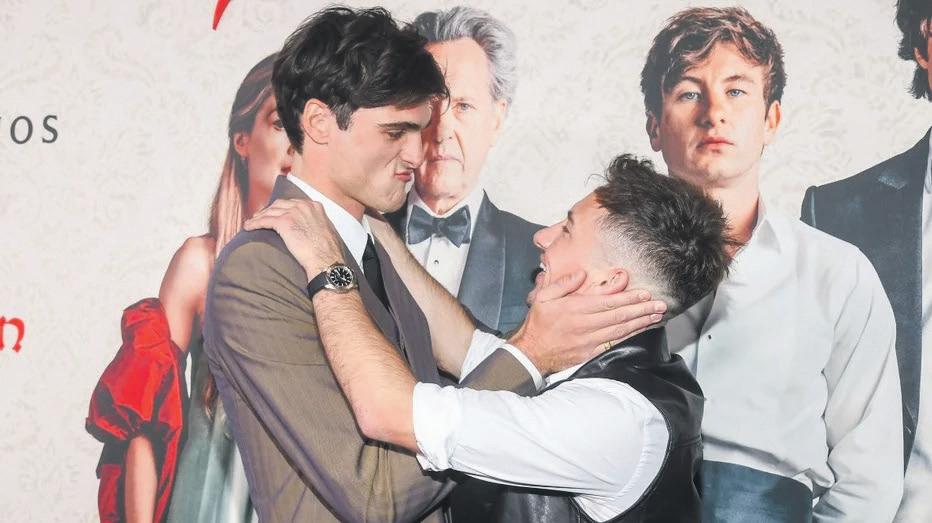
CLEO DALY, Magazine Editor, asks whether feminist reconsiderations of Disney princess movies should focus more on the bad guys - or girls.
The only thing that men and women can agree on is hating women.
The Disney princess movies taught me many things as a child: animals can talk, magic will fix my problems, I need a prince to have a happy ending, and other women will always be my worst enemy.
In recent years, the messages behind Disney princess movies have come under fire, with some celebrities stating that they’re against their own children consuming such media. I remember watching a clip of Keira Knightley discussing how her daughter is not allowed to watch Cinderella and The Little Mermaid due to the messages they present, namely that women must make grave sacrifices to be with men, and that they are unable to rescue themselves. It made me question how much of my own mindset was influenced by such films, and I can sadly say that at one point of my early childhood all I wanted in life was a prince (preferably a pink one) to come and take me away to our pink palace. Kristen Bell, who voices Anna in Disney’s Frozen, expressed her disapproval of Snow White, and her apparent shortcomings. Bell found herself asking her daughters “Don’t you think it’s weird that Snow White didn’t ask the old witch why she needed to eat the apple?”, and questioning
the film’s suitability in relation to consent.
“The Disney princess movies taught me many things as a child: animals can talk, magic will fix my problems, I need a prince to have a happy ending and other women will always be my worst enemy
I applaud the realisation in relation to weak female leads and their need to be rescued by men in Disney Films, however there is something I’ve failed to see mentioned, and that is the villainization of older women. In the tales of Cinderella, The Little Mermaid, Sleeping Beauty, Snow White and Tangled, all of the villains are older women, often jealous of the young female protagonists’ beauty. They are depicted as bitter, murderous hags, ready to bring down another woman for their own self-interest. They desperately seek to fit the beauty standards set by society, and wish to be young once more. To be “old” and unattractive is to live a life not worth living. But who sets these standards? Who are these women all looking to impress? Men. It always comes back to men. And who do these older women get slain by? Oh, men. The ones they were trying so hard to win over are ultimately their downfall. Men must protect these young (often underage), beautiful girls from the treacherous hands of ugly, older women. For what is more frightful than a woman ageing? The attention from men that these princesses are receiving further heightens the jealousy felt by the villains, and they despise not being on the receiving end of this male affection. The lives of these women constantly revolve around the approval of men, and their en-

tire existence is based on becoming wives for them. How can men be brave, heroic saviours if there is no helpless damsel to rescue? The only function of these female characters is to make men look good, and to show how women cannot trust one another.
“Throughout history, older women have been villainised and feared
The concept of a “girl’s girl” has been circulating online recently, and I have my thoughts. In some sense I can see it positively influencing women to become more mindful in how they regard other women, particularly celebrities. I myself had the realisation that even if I dislike a female artist’s music, I should still be glad when she wins, because one woman’s win is arguably a win for all women. However, I’ve also noticed a lot of harassment towards those considered not to be a “girl’s girl”, which seems to defeat the whole purpose of the phrase. If we hate on women who hate on other women, we are no better. We are in fact the same. There is absolutely no need for women to be criticising other women – that’s what men are here for. I’d imagine that the female Disney villains would not be considered “girl’s girls”, and as a result they are met with fear and hatred. We are taught to believe that we need men to save us from ourselves, that women can’t rely on one another, as impressing men will always take centre stage. I’d love to say that the female villains are just misunderstood, but unfortunately I cannot: murder is bad. Instead, I can sympathise (slightly) when you consider what is driving them. In other words, I’m blaming men for how twisted and cruel their mindsets have become.
All throughout history older women have been villainised and feared, even killed, when they’ve done nothing more than age.
“The only thing that men and women can agree on is hating women... and this needs to change
During the witch trial craze in the early modern period, older women were being burnt left right and centre, with preposterous reasonings on the rise. It was believed that the devil lured older women to engage in sexual acts with him, as they were desperate and no one else would ever desire an aged women. Women experiencing menopause were often feared as the “evil” was no longer being bled out of their bodies. I’ve come across theories that believe that the witch trials were a way of ridding villages of old widows who were considered a burden to their neighbours. It can never be confirmed that this is the case, but I wouldn’t be surprised. Sure, what use are women without their husbands.
Women are forever being pitted against one another, constantly being compared, especially in relation to physical appearance. We are always taught what sort of woman a man wants, and society as a whole favours those who meet such standards. Men have us fighting with one another, putting down those we wish to become, refusing to associate with those not favoured by men, or perhaps even worse, purpose-
ly associating with those less favoured to make oneself look more attractive in comparison. We speak of going against the wishes of men, but then insult the women who do not. Women receive enough hatred and hardship from men, we at least should not add to this. There is no greater gift than women supporting women. Unity is the only way in which we can have the strength to overcome the hurdles we face.
The only thing that men and women can agree on is hating women… and this needs to change.

AGNE KNIURAITE, Contributing Writer, argues that the common portrayal of young people’s physical relationships in television needs to be questioned
Ihave recently been consumed with an uncontrollable urge to rewatch the CW’s Riverdale – well, at least the first seasons of it, given I stopped watching it at about two-and-ahalf seasons in when it was still culturally relevant. I used to love it as a teen, but now I find most of it to be odd, nonsensical or straight-out repulsive. One of the things that strikes me most about it on reflection is the gratuitous sexualisation of minors it exhibits in nearly every single one of its first few seasons’ episodes (I cannot speak for the later seasons, but, from what I’ve heard, the trend continues). Granted, the actors in the series may be in their mid-to-late 20s or even early 30s, but that does not change the fact that their characters are supposed to be high schoolers. In the first season, they are
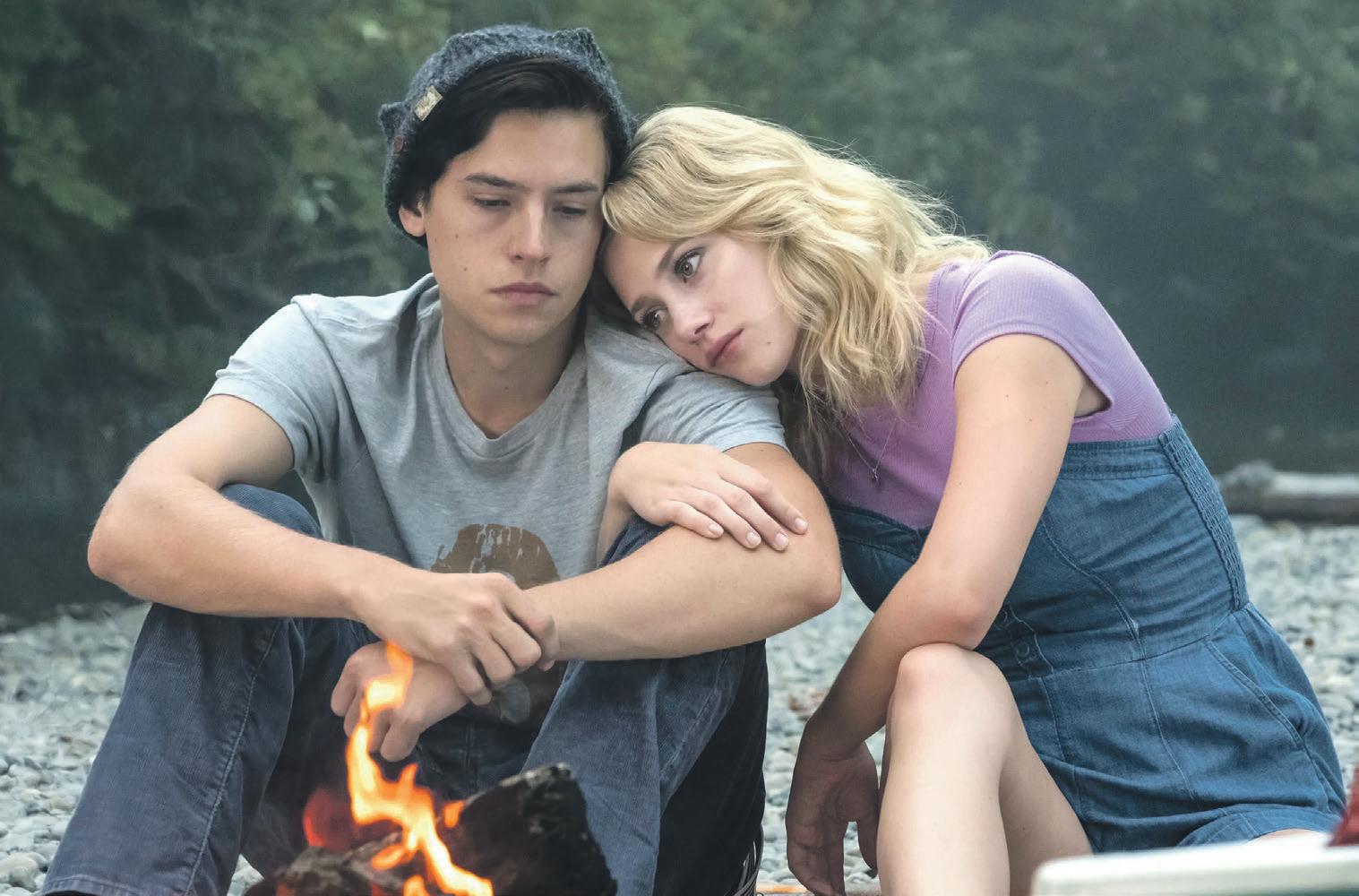

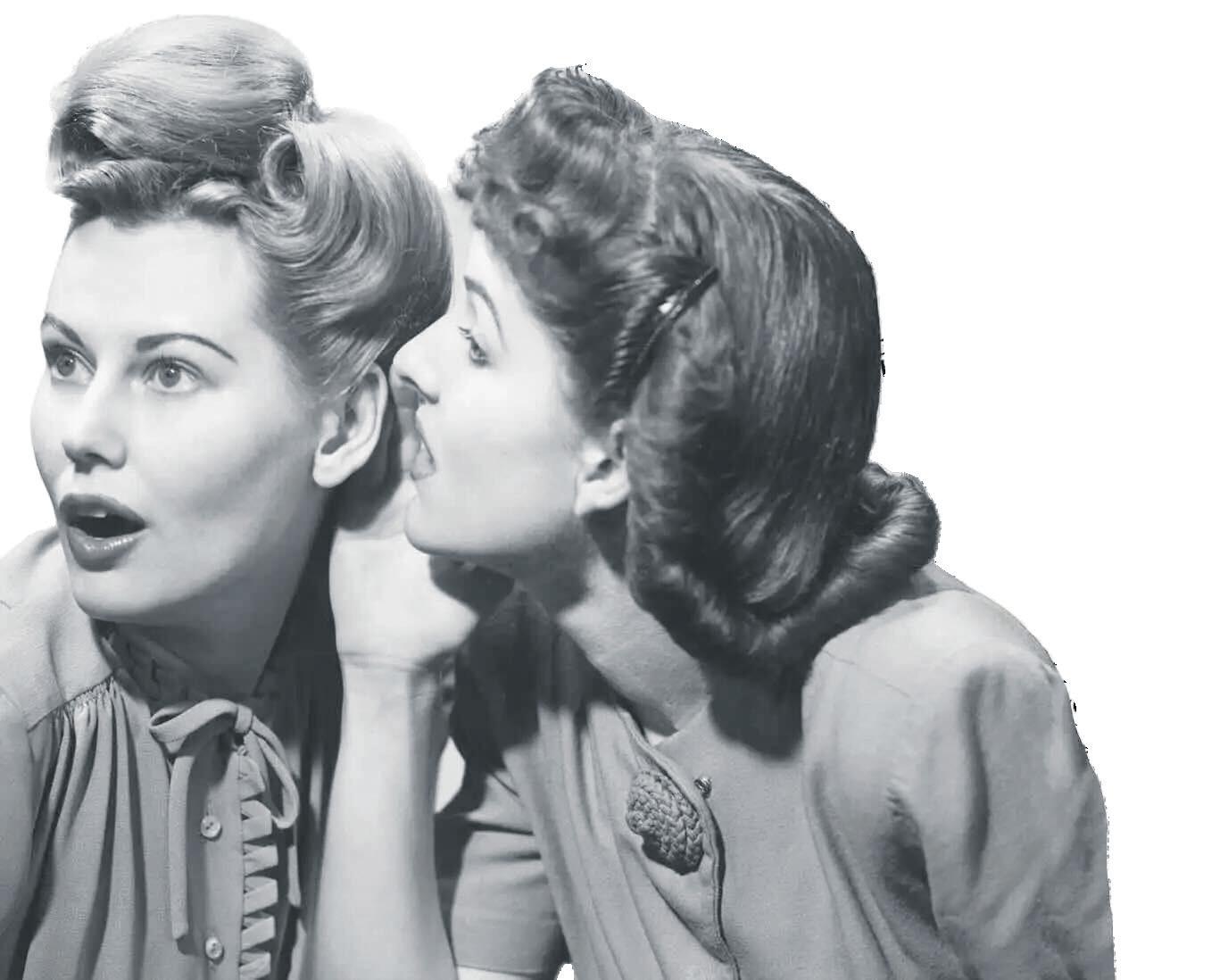
UT’s very own Agony Aunts respond to (very real and definitely not at all satirical) queries from readers desperate for their advice on student love, lust and (every now and then) learning.
I think I’m in love with my tutorial leader. Every time he talks to me I get so nervous. I don’t think anything can ever happen but I want to stop this. How do I fix it?
Dear Tortured Tutee,
Unattainable crushes are always soul-sucking, especially when they have intellectual prowess and are able to command a room. In this case, your only option left is to stalk. You can’t escape the tutorial, nor can you escape your undying lust.
We recommend taking a leaf out of Joe Goldberg’s book and finding his first, middle, and last name through any and all online academic sources.
From there, find the hospital he was born in, the exact time and date (for astrological compatibility purposes) and his mother’s maiden name. How else are you supposed to spark conversation and ignite the fireworks between you two?
Next, follow him in a Matrix trench coat (for cinematic purposes) to his bus stop. Here you have the option of following him home, or playing hard to get and watching him ride away from a distance. Finally, take a different bus home to your flat, and take a good long look in your mirror. Ask yourself: Is this the person I want to be? The person my parents dreamed of when I was in utero? The person Trinity accepted?
If this is all un successful, you may have to resort to wallowing and dealing with reality; this may be a case of unrequited love. Not all love is meant to be reciprocated, and this is a fact we all must face head-on. It can, however, be mended with a giant vat of ice cream and a good cry into your pillow. We all know men value brains over bodies, so when all of this is over, pick up your books, your head, and buck up.
Most faithfully, Your Agony Aunts
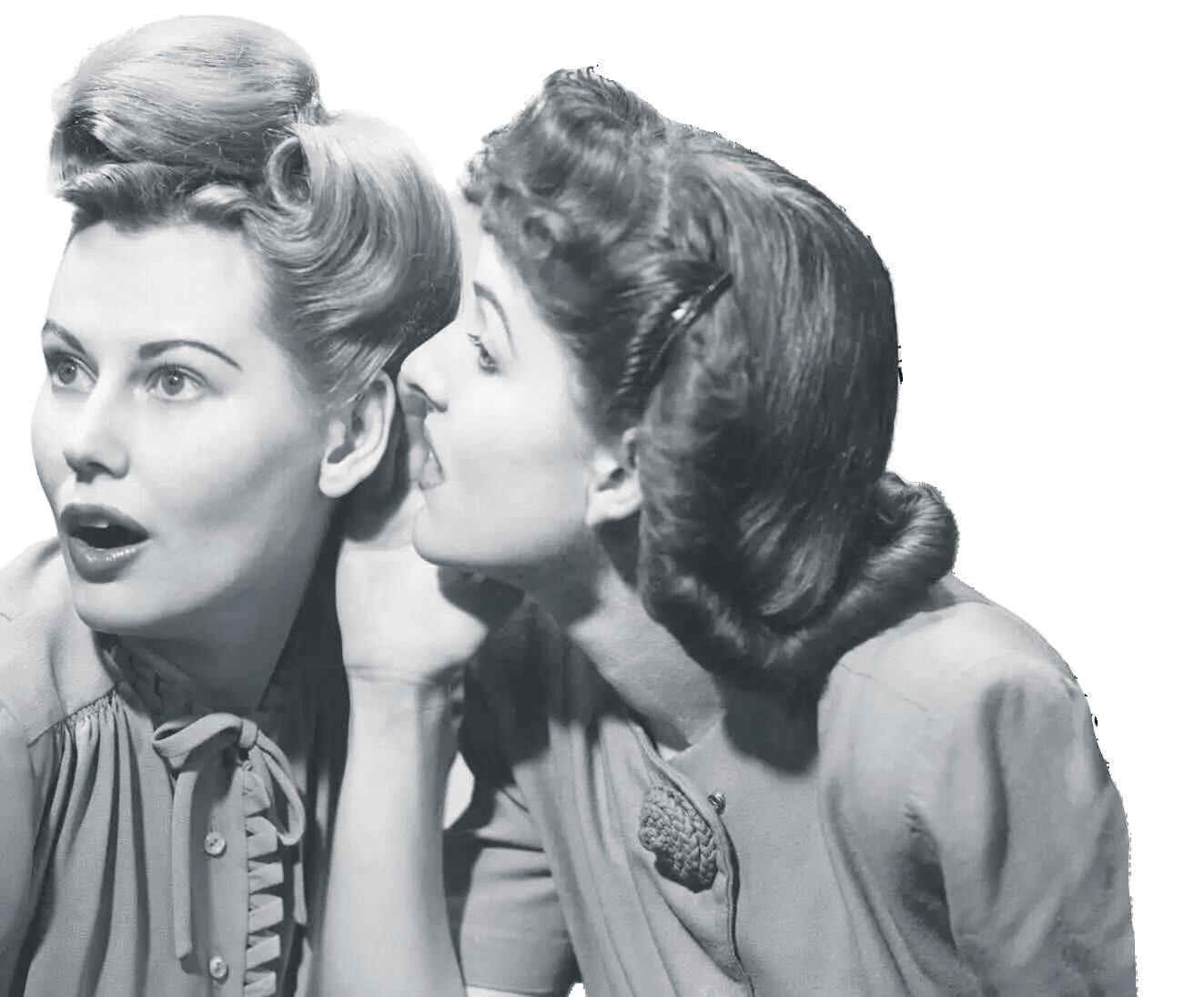
I’m failing three of my classes, and am beginning to think graduate school is not in the cards for me. I don’t want to disappoint my parents, but I’m not sure that’s even the path I want to take. How do I break the news to them that I’m a failed child?
Dear Prodigal Progeny,
Failure is relative; everyone fails and life goes on. You are not the center of the universe thus your failure is not either. Look at George Santos, or Charles Haughey. They made horrific mistakes– but did the world implode? No. Failure happens, and the earth still rotates.
Open YouTube and watch all three minutes of “Universe Size Comparison Cosmic Eye”. Relatively speaking, the Milky Way doesn’t care whether or not you go to graduate school.
Does it feel like your life will end when you tell your parents? Yes. Will they be upset? Quite possibly. Before breaking the news, with no context whatsoever, begin listing names of corrupt politicians who have failed on an unjustifiable level that your parents still actively vote for. List the actors who have multiple allegations under their name that they continue to watch on a Friday night. Then, and only then – with tiptoed feet – approach the subject.
You may find yourself cornered with two angry adults yelling in your face. This is a very possible outcome of the first conversation.
But the first conversation doesn’t determine the rest of your relationship with your parents. Take the bull by the horns and don’t catastrophise; you only need three more horrific attempts at a peace treaty before some compromise might arise.
Unfortunately, your only friend is time in this situation. Remember, your parents are wrangling with their own expectations and might need time to adjust accordingly. Have faith, keep hold of that bull, and rewatch “Universe Size Comparison Cosmic Eye” until you have a strong enough existential crisis to adopt the easier, nihilistic view.
Most faithfully,
Your Agony Aunts

